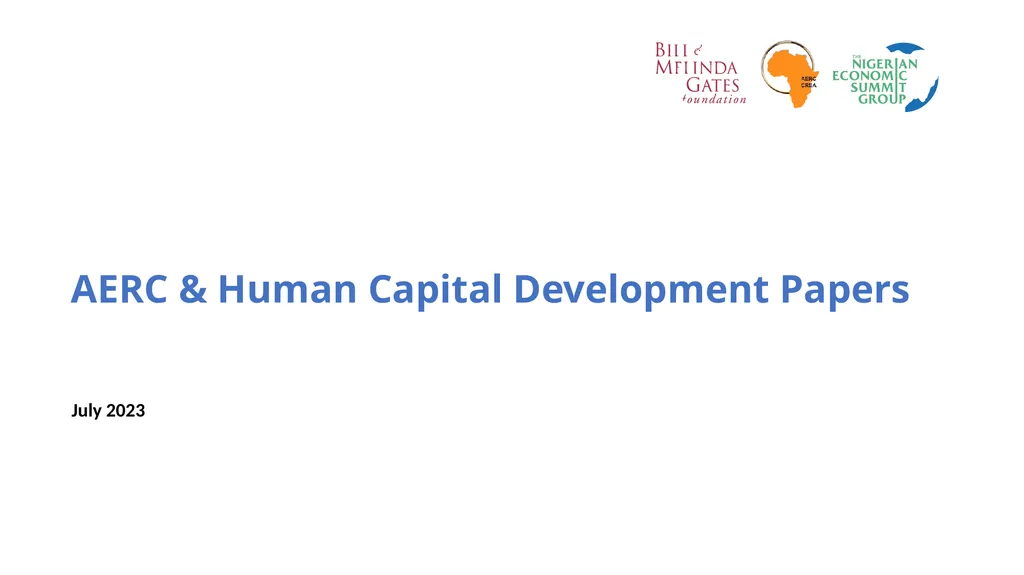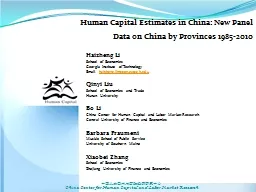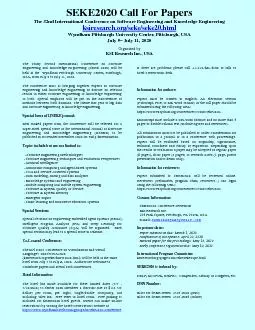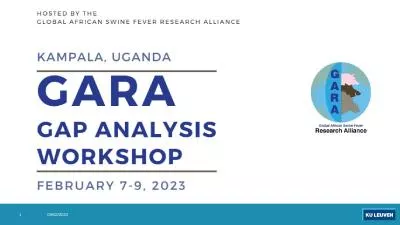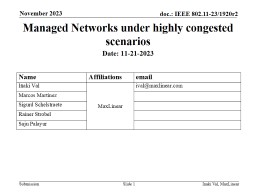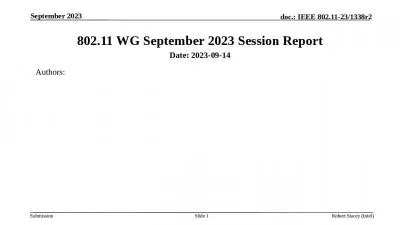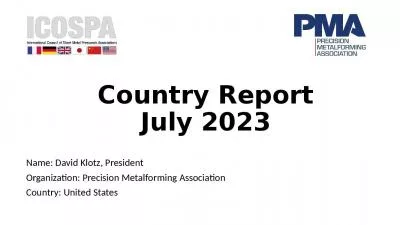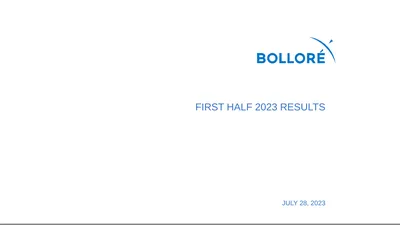AERC & Human Capital Development Papers July 2023
Author : debby-jeon | Published Date : 2025-06-27
Description: AERC Human Capital Development Papers July 2023 Paper 1 Paper 2 Paper 3 Paper 4 Paper 5 Data Source National Bureau of Statistics Chart NESG Research Analysing the Determinants of Healthcare Insurance Uptake in Nigeria Data Source
Presentation Embed Code
Download Presentation
Download
Presentation The PPT/PDF document
"AERC & Human Capital Development Papers July 2023" is the property of its rightful owner.
Permission is granted to download and print the materials on this website for personal, non-commercial use only,
and to display it on your personal computer provided you do not modify the materials and that you retain all
copyright notices contained in the materials. By downloading content from our website, you accept the terms of
this agreement.
Transcript:AERC & Human Capital Development Papers July 2023:
AERC & Human Capital Development Papers July 2023 Paper 1 Paper 2 Paper 3 Paper 4 Paper 5 Data Source: National Bureau of Statistics; Chart: NESG Research Analysing the Determinants of Healthcare Insurance Uptake in Nigeria Data Source: National Bureau of Statistics; Chart: NESG Research Introduction Health insurance coverage has historically been low at less than 5 percent (PwC); estimated at 3.4 percent (DHS) Only 14 States (including the FCT) recorded health insurance coverage rates above the national average (see Figure 1) Suggesting the low uptake of healthcare insurance, which could be traced to certain socio-economic conditions such as literacy rate, wealth, employment, age, exposure to mass media, & occupation, among others Figure 1: Health Insurance Coverage in Nigerian States (percent) Data: 2018 Nigeria DHS; Chart: NESG Research Data Source: National Bureau of Statistics; Chart: NESG Research Introduction Given low uptake and public health spending, many Nigerians rely on Out-Of-Pocket health spending at 75 percent of current health spending (WHO), usually associated with high impoverishing effects In 2021, the National Health Insurance Authority (NHIA) Act was introduced, making health insurance mandatory Using compulsion alone to increase health insurance uptake might not guarantee the desired outcomes Further clarity is required on the factors driving the uptake of health insurance, which this paper pursued Understanding the sources of low health insurance uptake could support strategies towards enhancing coverage Data Source: National Bureau of Statistics; Chart: NESG Research Methodology Data Source: National Bureau of Statistics; Chart: NESG Research Research Findings The availability of employment opportunities enhances the uptake of private and public health insurance in Nigeria (see Figure 2) Financial inclusion - in terms of the ownership and use of bank accounts - enhances health insurance uptake in Nigeria (see Figure 3) Figure 2: Employment & Health Insurance Uptake Figure 3: Financial Inclusion & Health Insurance Uptake Source: NESG Research Computation Data Source: National Bureau of Statistics; Chart: NESG Research Research Findings Education does not support health insurance uptake in Nigeria due to unfavourable labour market conditions Old age does not compel enrollment in health insurance in Nigeria, reflecting the fact that health insurance is not a life-long priority as against the contributory pension scheme The problems potential health seekers face in accessing health services (high treatment costs and disabilities) may disincentivise enrollment into health insurance in Nigeria Due to financial constraints, low-income groups might have fewer chances to enroll for health insurance
